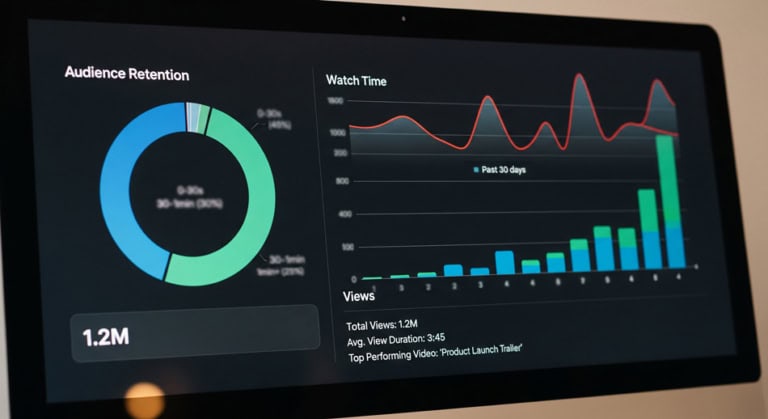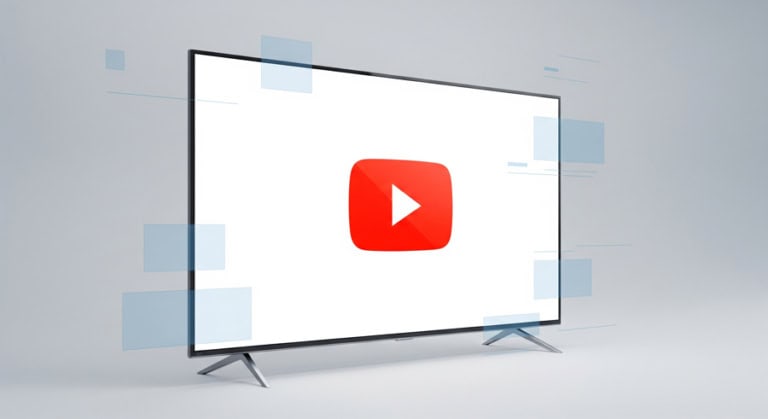
We’ve managed millions of dollars in paid social campaigns. Our overwhelming takeaway has been that creative diversity drives performance.
Creative that over-indexes on a single format or hook may work temporarily, but it won’t stand the test of time.
With that in mind, we’ve developed a creative workflow at 3rd + Lamar that helps us iterate quickly in response to data, keep creative fresh, and ensure that our clients’ content pipelines are full.
Here’s our step-by-step guide to managing and developing creative for paid social campaigns.
Step 1: Select the Right Tool
We use Monday.com to manage our clients’ creative workflows. It operates similarly to Notion or Asana. You can assign tasks, create sub-items, update the status of projects or creative, and categorize campaigns among other features.
The tool is less important than the purpose. You need one central repository to manage a content pipeline and stay organized.
Step 2: Establish a Sandbox
Create a Sandbox, a designated space where team members can freely share content-related ideas without constraints. This open environment encourages creativity and collaboration, allowing for the exploration of diverse concepts and trends. Items that can go into the Sandbox include:
- Links to emerging trends (Trends do not need to relate directly to the client’s industry)
- Potential edits to existing content (e.g., hook and CTA variations, resizing, cutdowns, music swaps, copy adjustments, etc.)
- New platform features to utilize
- Suggestions for repurposing content (e.g., posting on different platforms, targeting a different audience, etc.)
- Noteworthy seasonality to leverage
By populating the Sandbox with these varied inputs, your team can generate a wealth of ideas and inspiration to fuel your content pipeline.
Step 3: Assign a Leader
Appoint a dedicated team member, preferably a content strategist or manager, to oversee the Sandbox regularly. This individual will be responsible for sifting through the ideas, extracting promising concepts, and developing them into action plans.
By assigning a leader to manage the Sandbox, you ensure that valuable ideas are not overlooked and that the content pipeline remains dynamic and responsive. It doesn’t work well if the Sandbox is managed by a committee.
Step 4: Transition from Sandbox to Content Queue
Once an idea in the Sandbox is vetted by the content strategist, they will either discard the concept or add the idea to the production queue.
The production queue is categorized by content type, and items are listed in order of priority/deadline. Any other relevant information about the ad concept can be attached to the task so everything is in one place. At this stage, we often take the concept and develop a creative brief to share with the client for their feedback and approval.
Once we get approvals, the content strategist will delegate roles and responsibilities to relevant teams and oversee a smooth creative development process.
Step 5: Repeat Routinely
Consistency is key to maintaining a seamless content pipeline. We make it a routine practice to review and update the Sandbox with fresh ideas.
Ultimately, ad performance informs our ideas along with client feedback, such as upcoming product launches, seasonality, inventory levels, promotions, competitive landscape, etc.
Step 6: Reporting
We use Motion to easily filter creative performance, build reports, quickly identify high-performing ads by content type, and more.
We want to spend our time developing creative and determining the story behind the numbers to inform our creative strategy, rather than be bogged down in the minutiae with report-building. So we recommend using a tool like Motion to make your life easier.
Benefits of the Sandbox Approach
The Sandbox approach offers several advantages beyond just enhancing ad campaign efficiency:
- Enhanced visibility and collaboration: It’s easy to share ideas on Slack, Gmail, text, Zoom calls, etc. However, if left unmanaged, the creative process can become unwieldy. Having one place to share ideas and manage the creative workflow improves visibility and ensures no potential concepts fall through the cracks.
- Timely and relevant content: By capturing ideas early, you can capitalize on trends while they’re still active to maximize their impact.
- Increase diversity of perspective: Encouraging input from various team members fosters creativity and ensures that no idea goes unexplored. The Sandbox is a no-judgment zone.
- Adaptability to evolving trends: Trends are volatile, and the Sandbox allows you to adapt and pivot your strategy quickly in response to shifting dynamics. What may not be relevant to your client today could be the key to your strategy tomorrow.
Need help with your content strategy or paid social campaigns? Reach out to us at [email protected] for a consultation.



